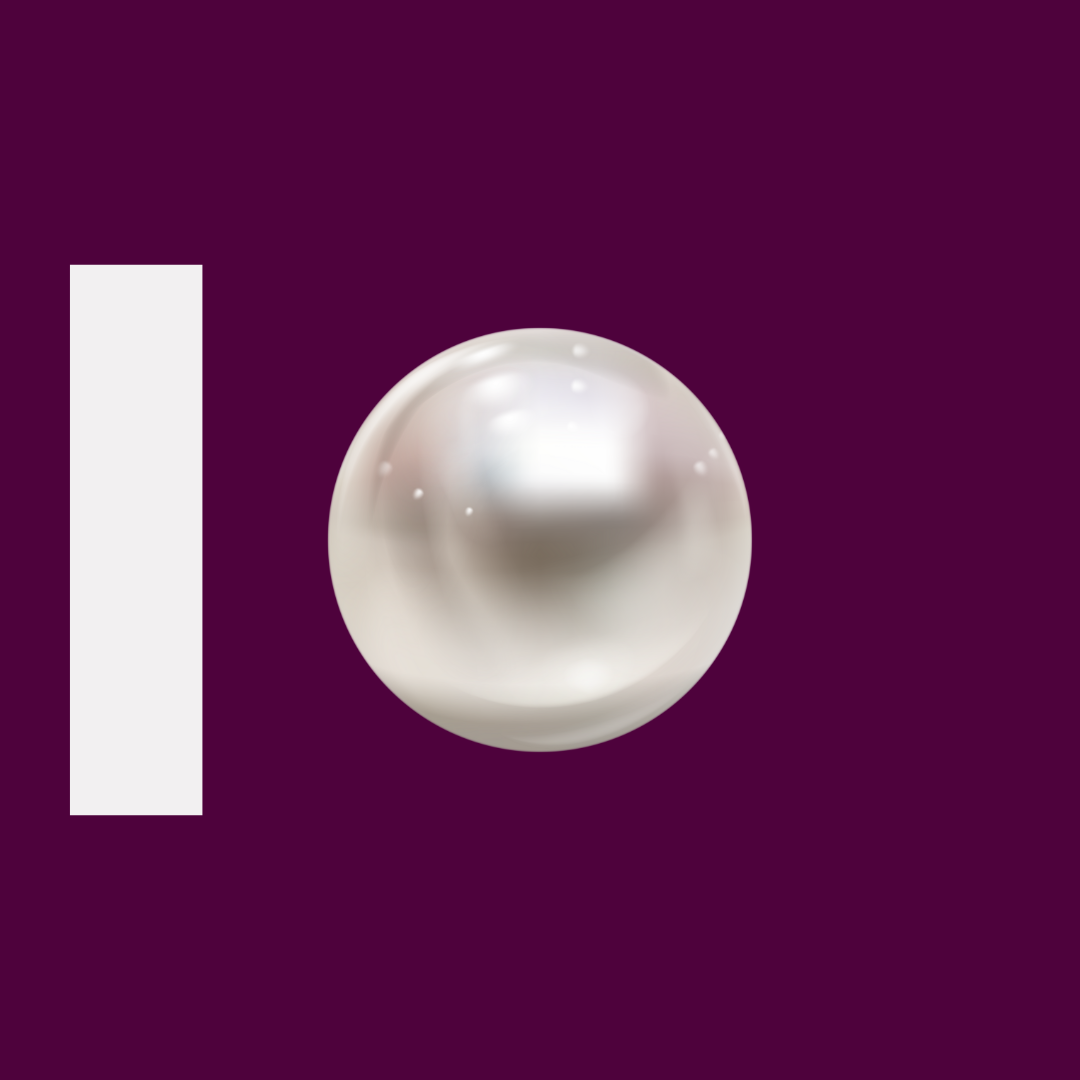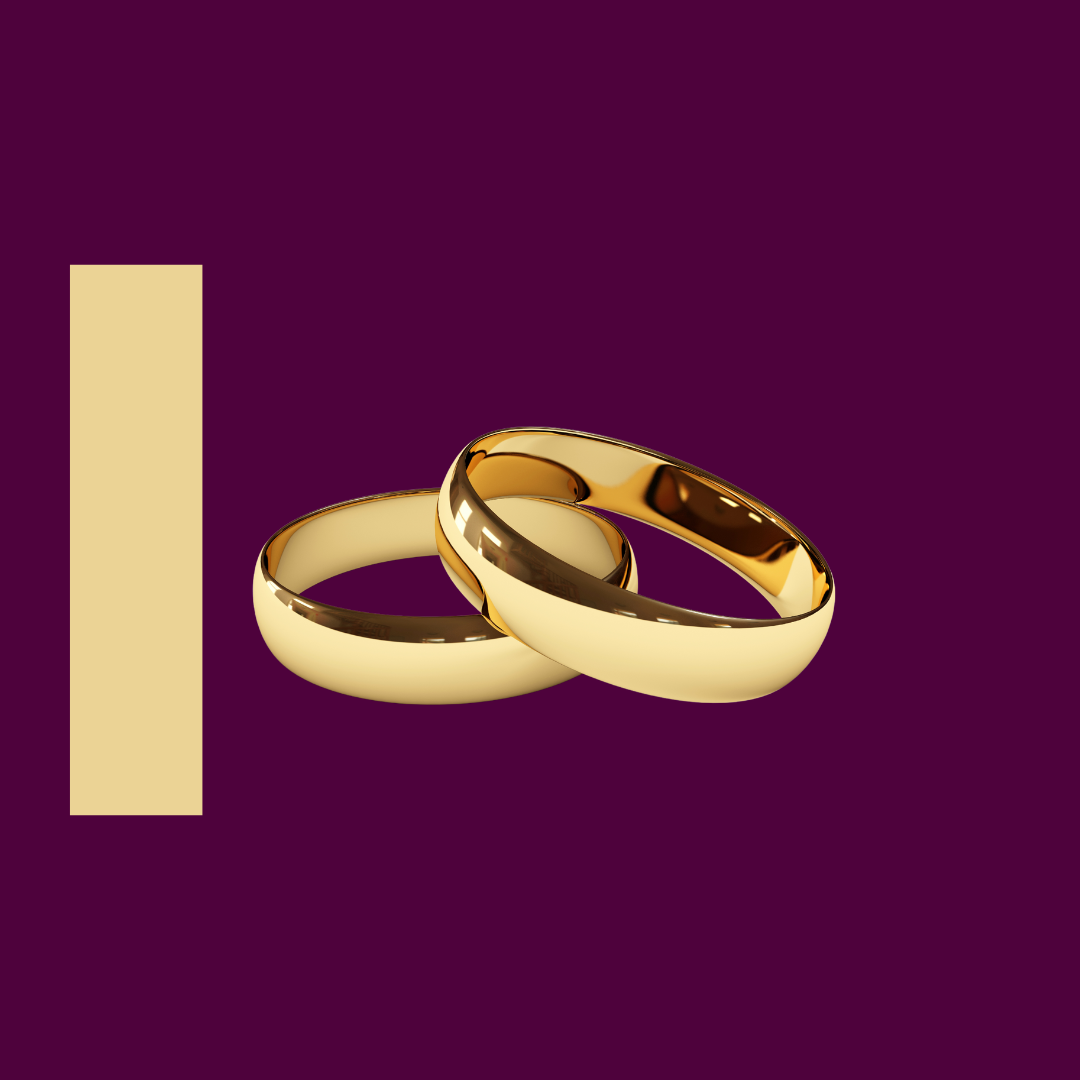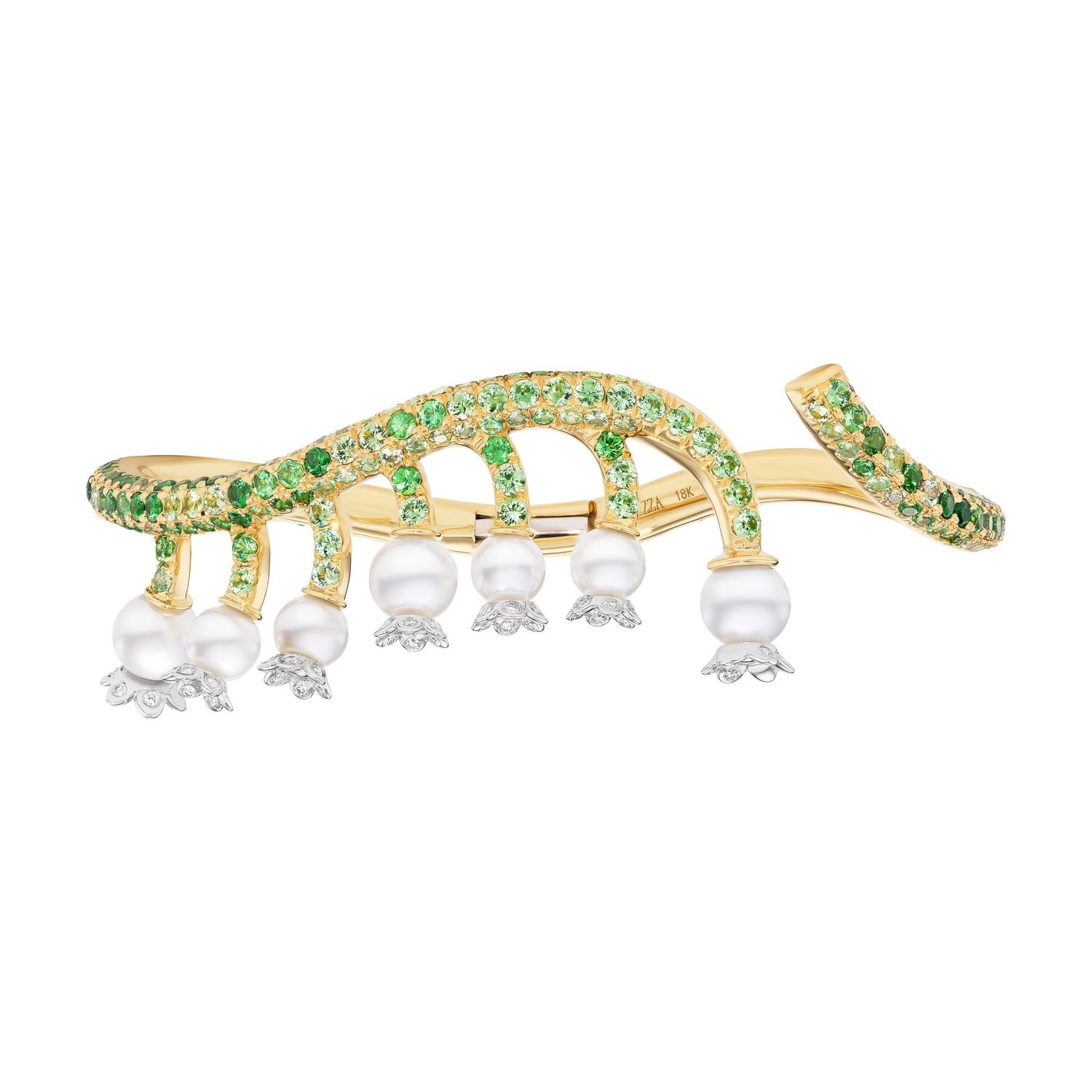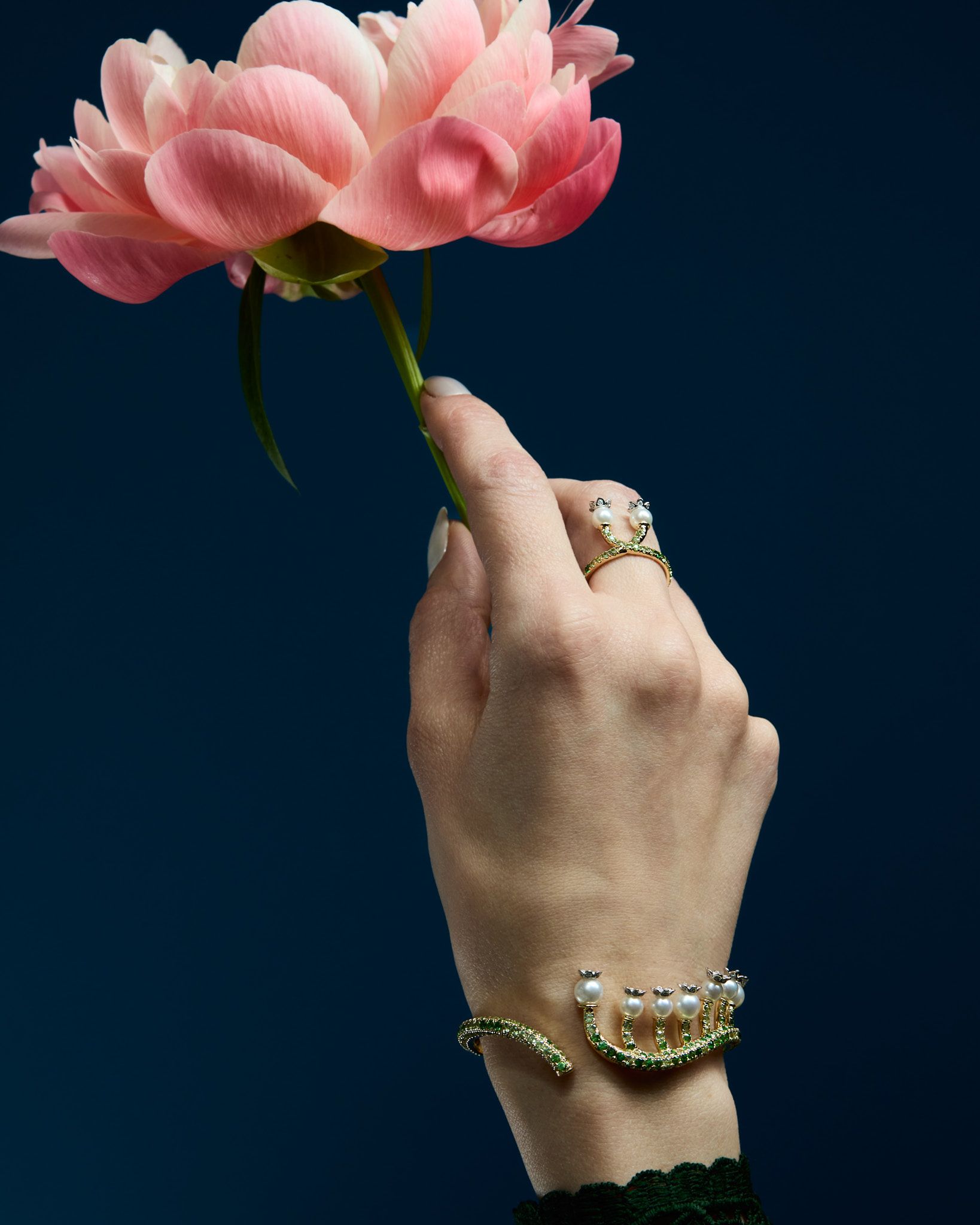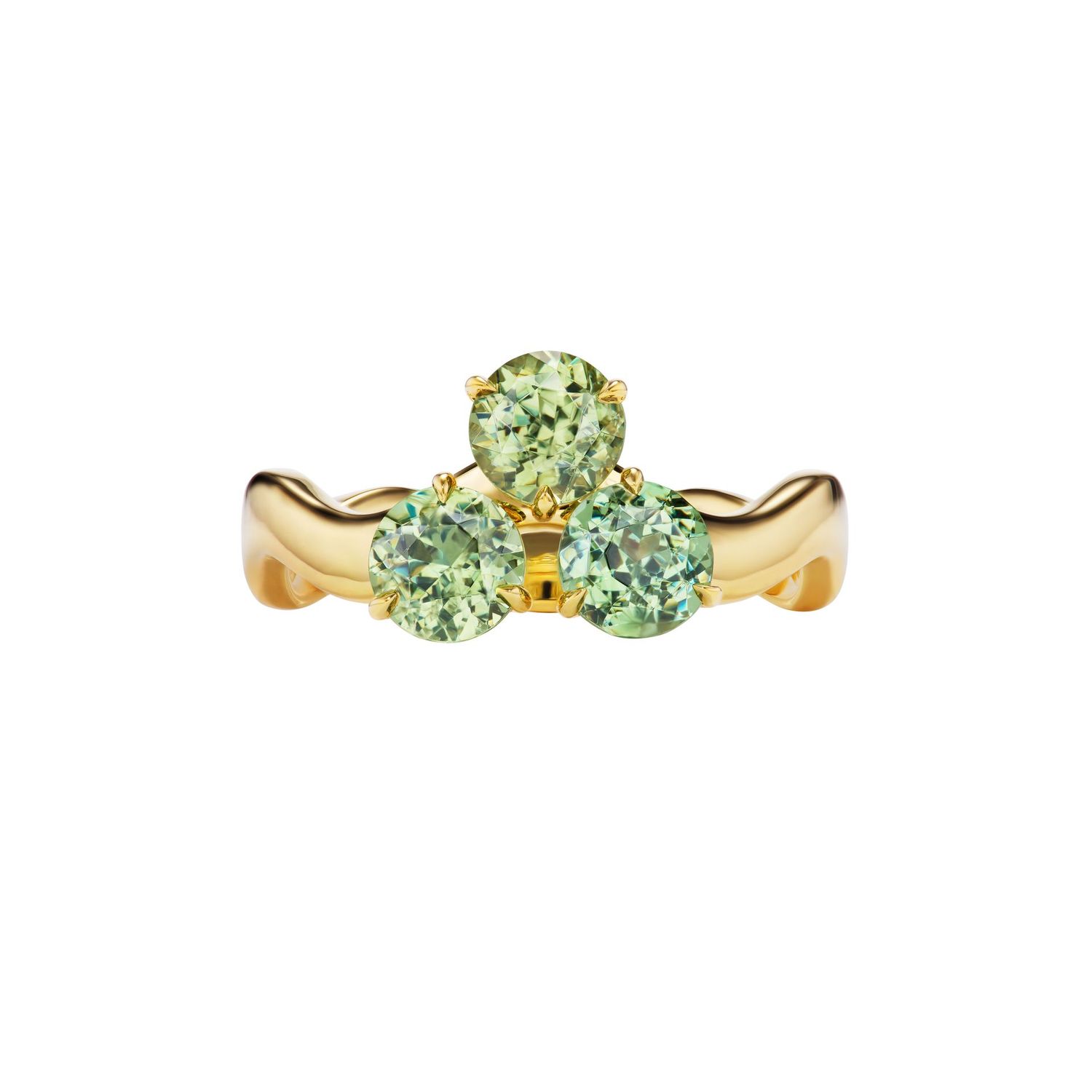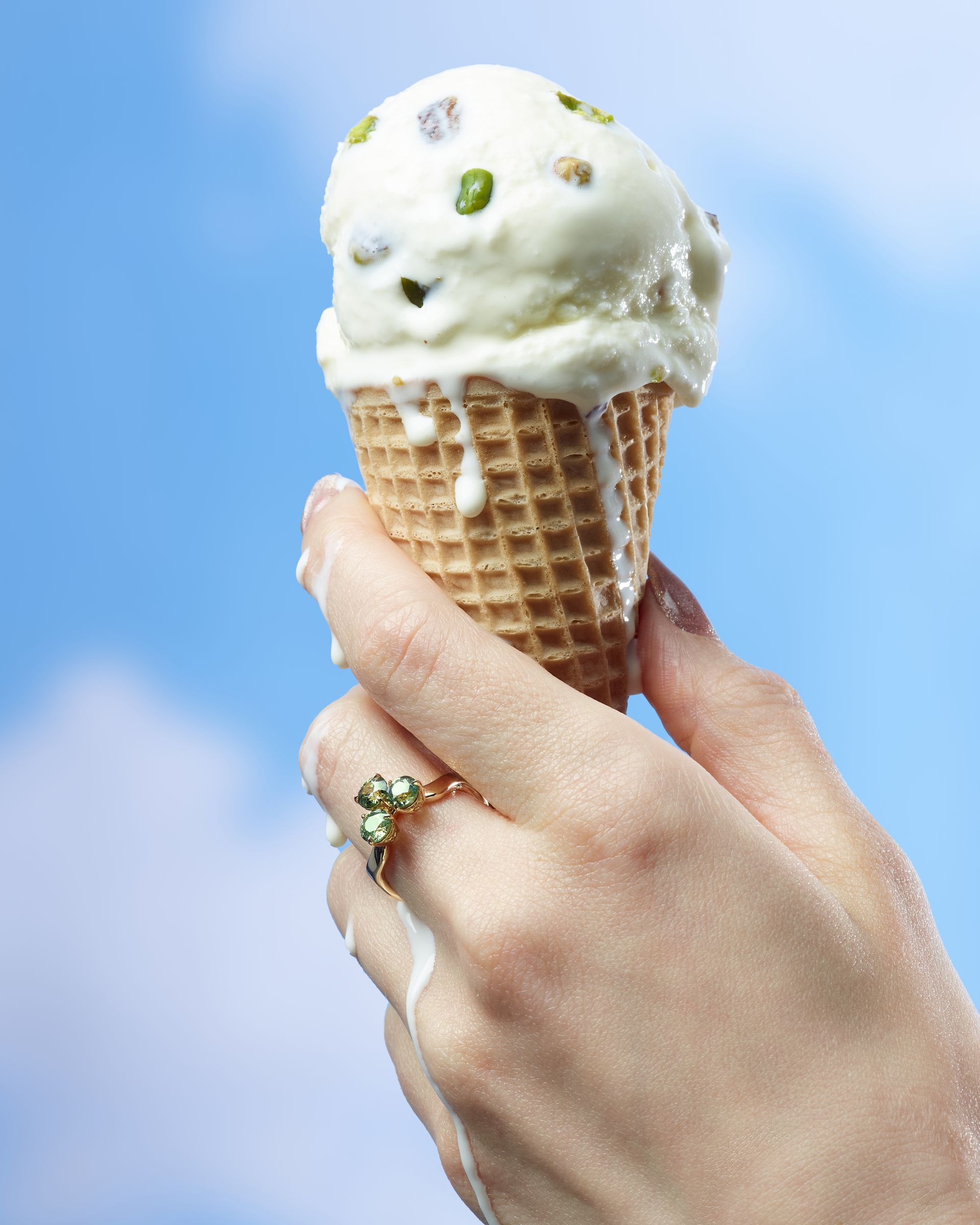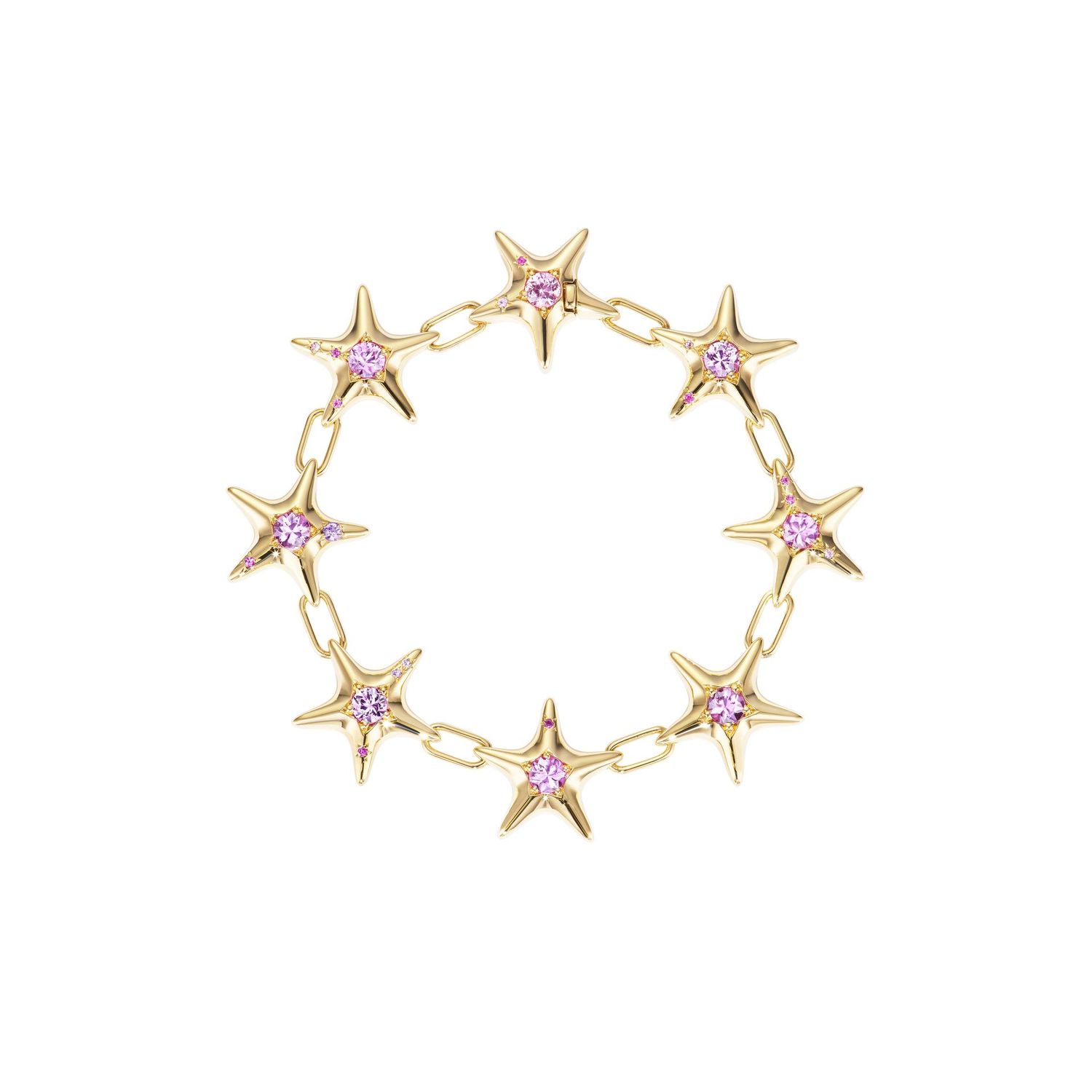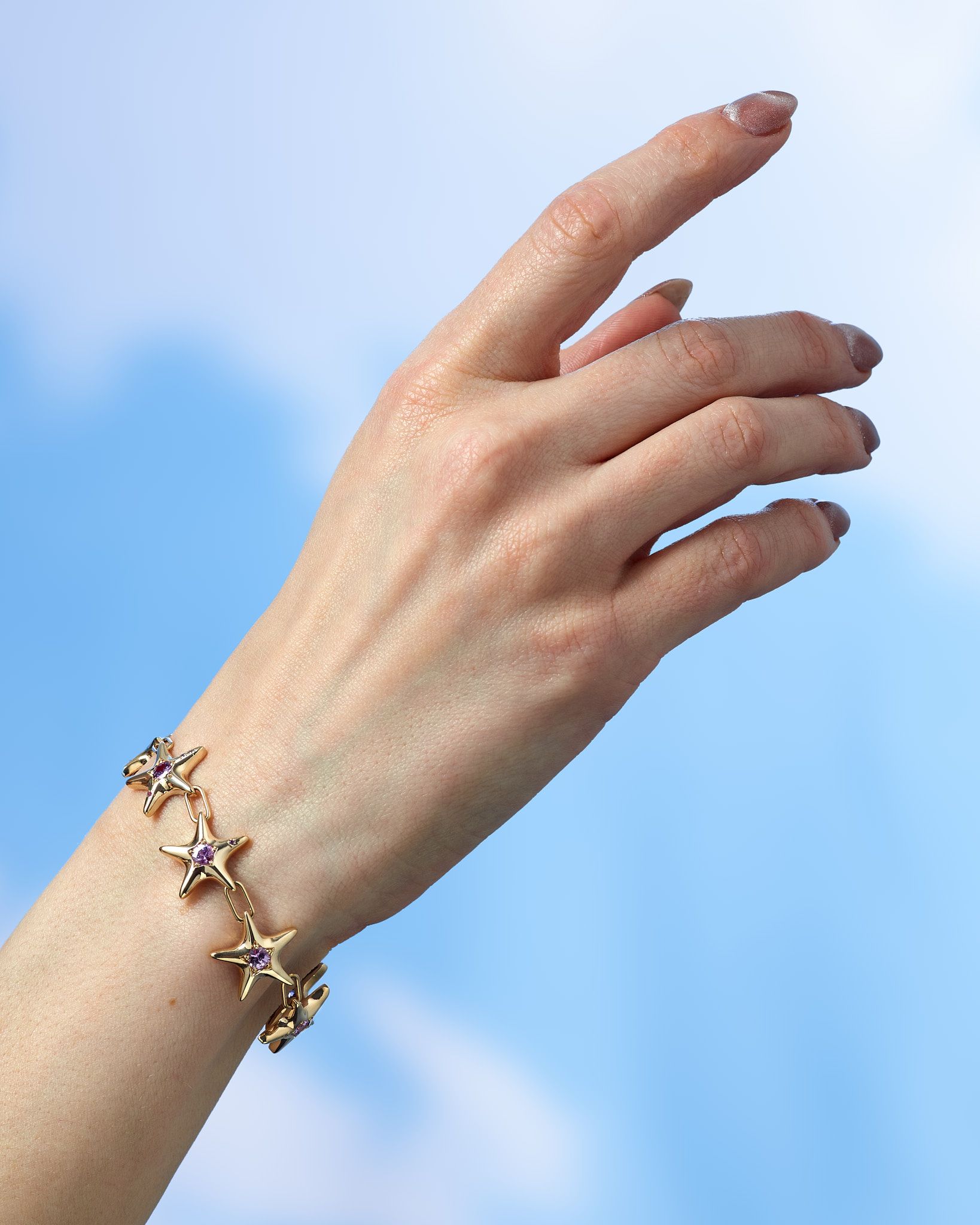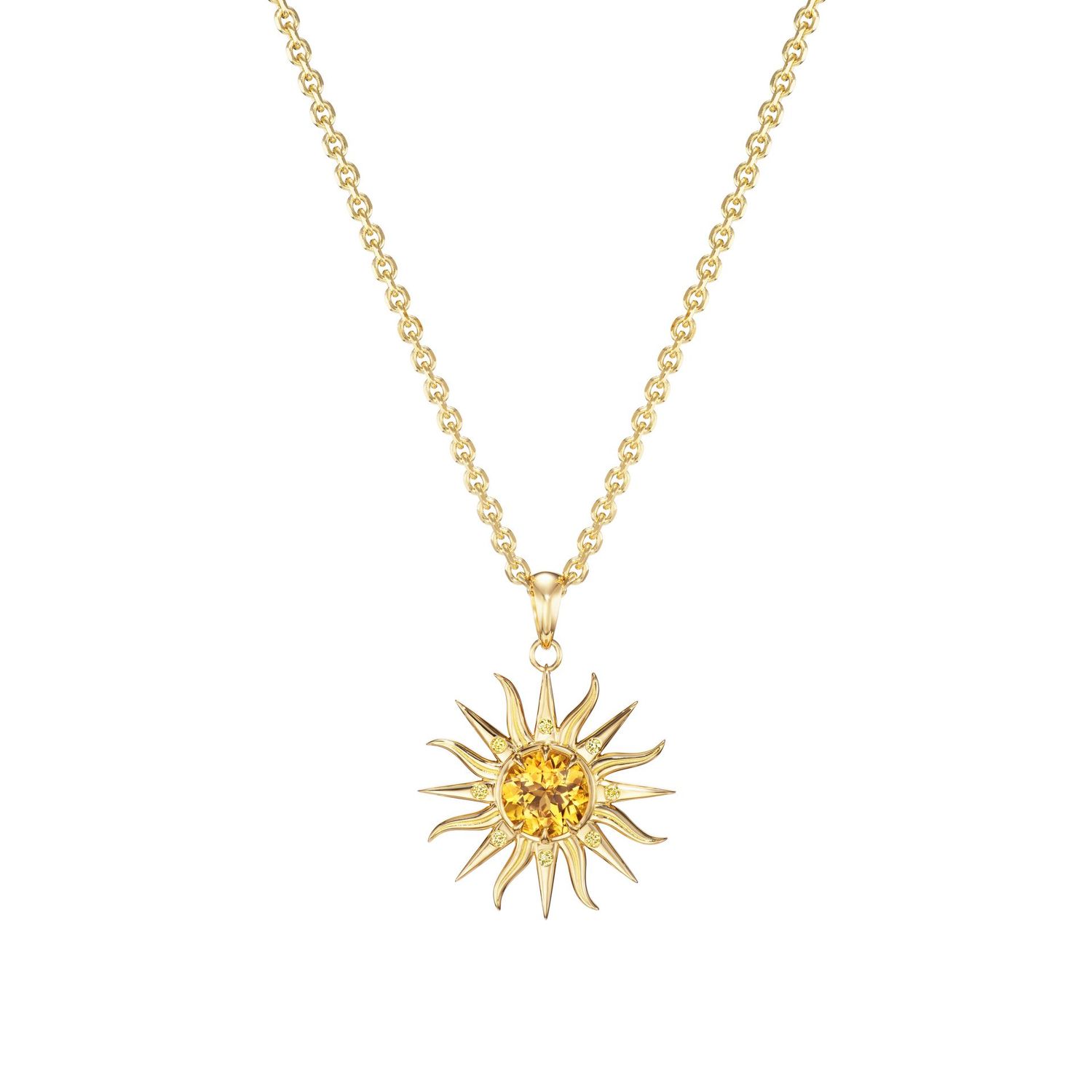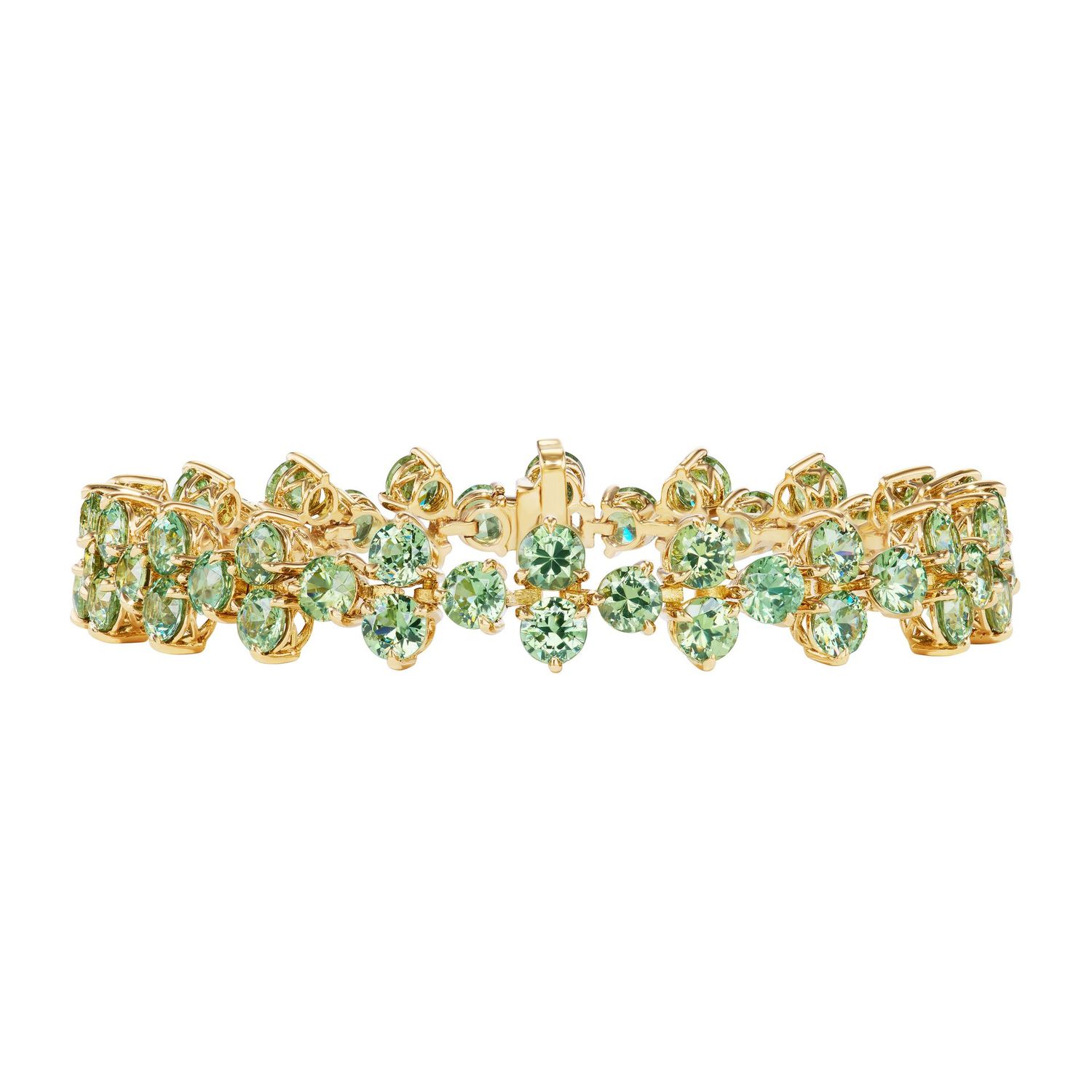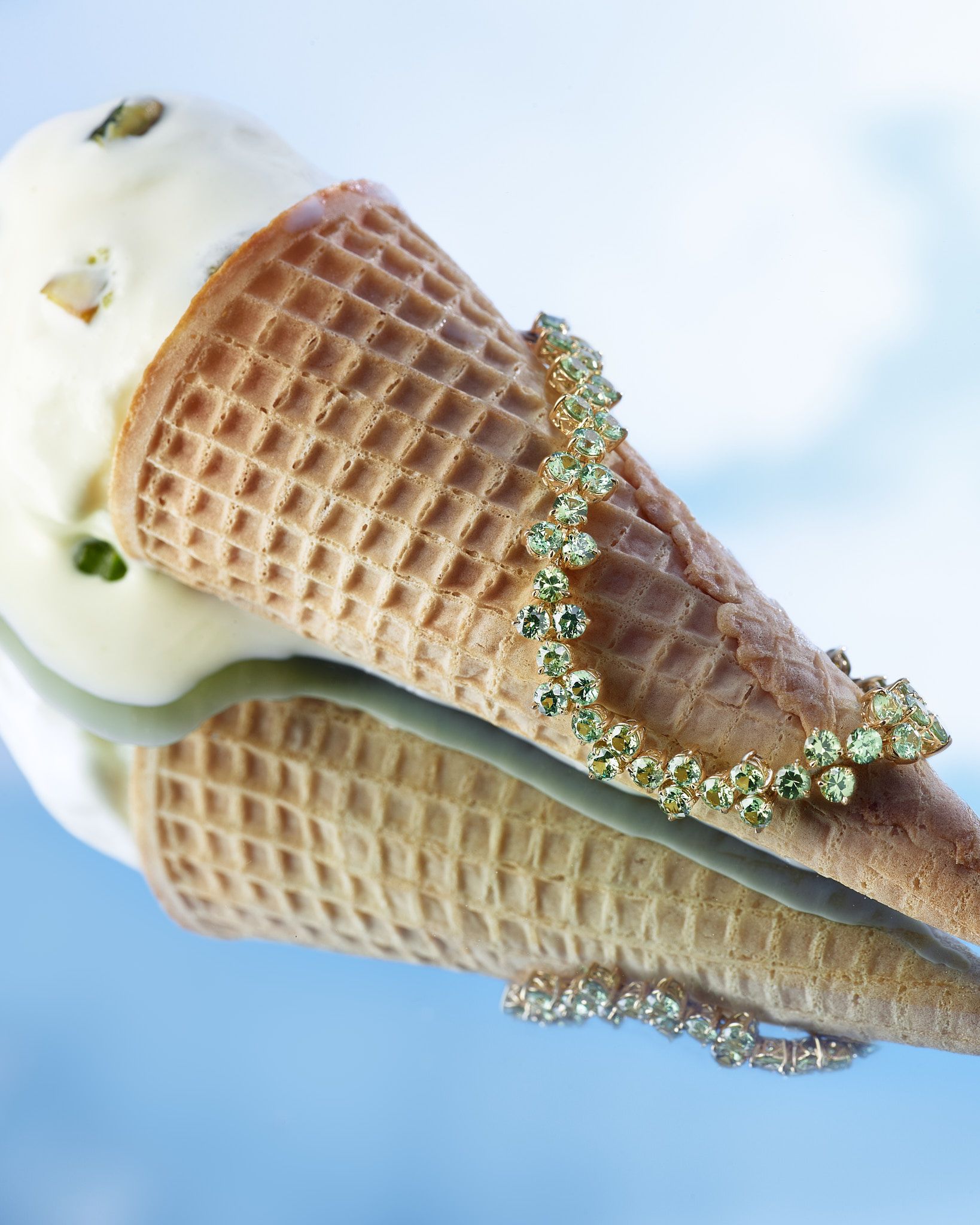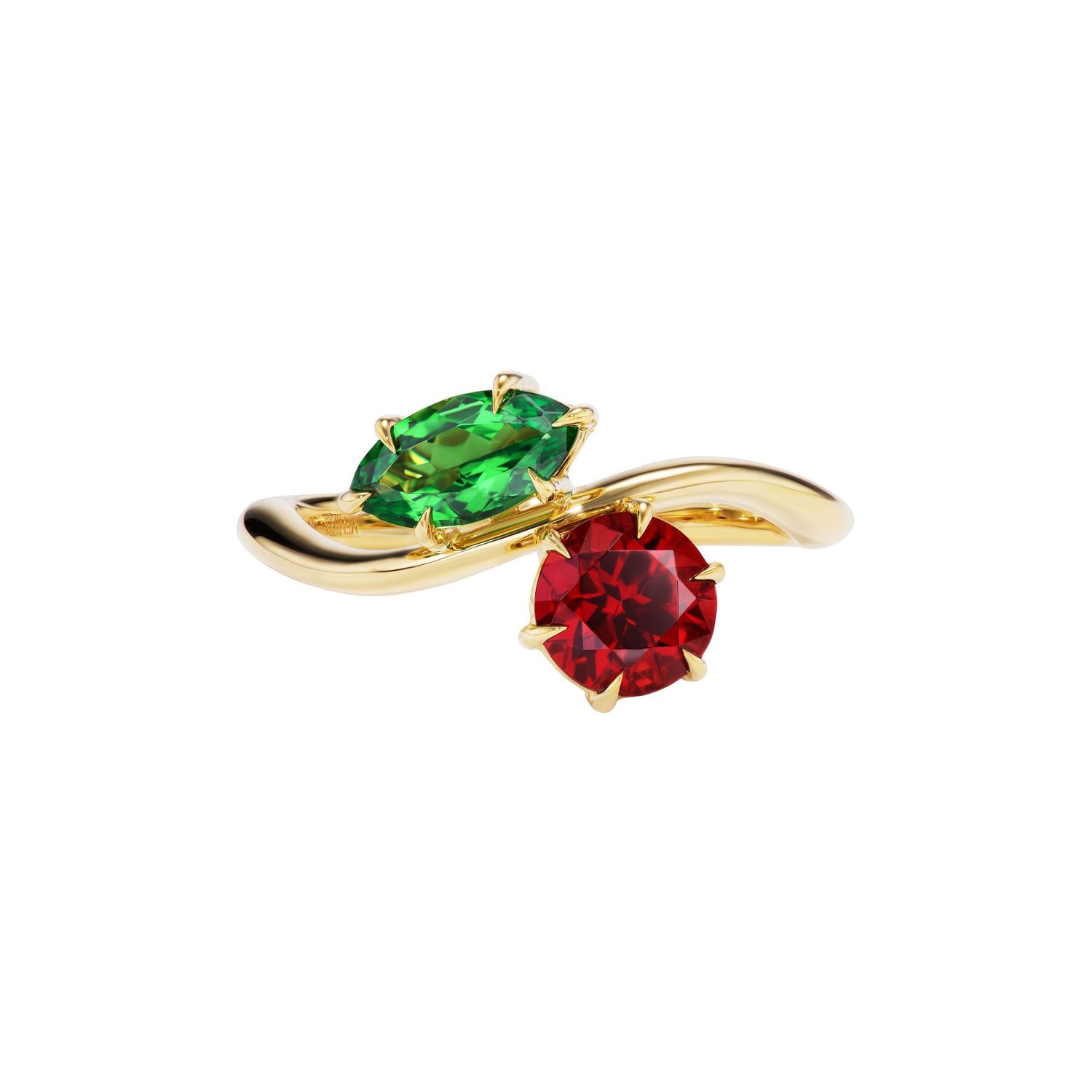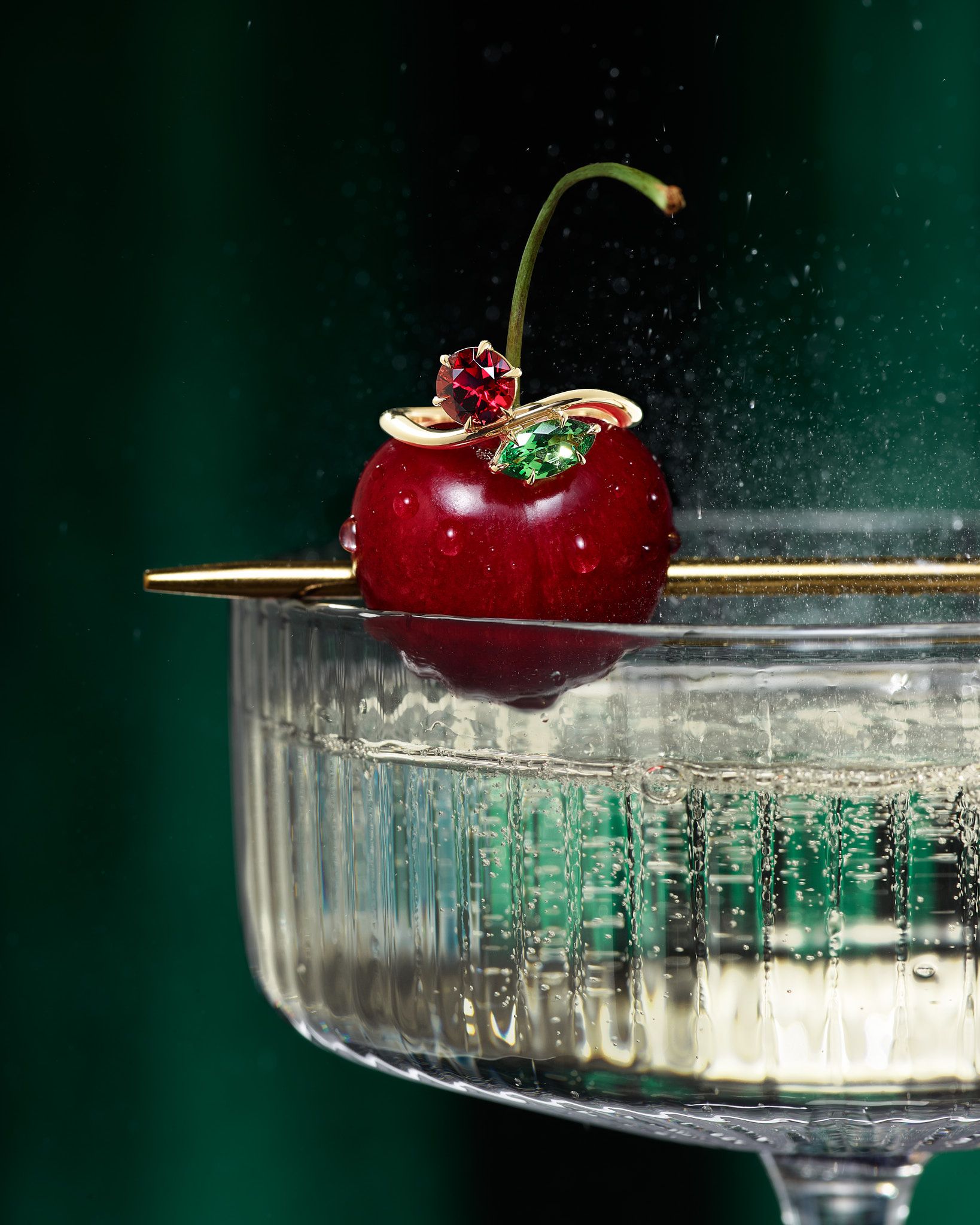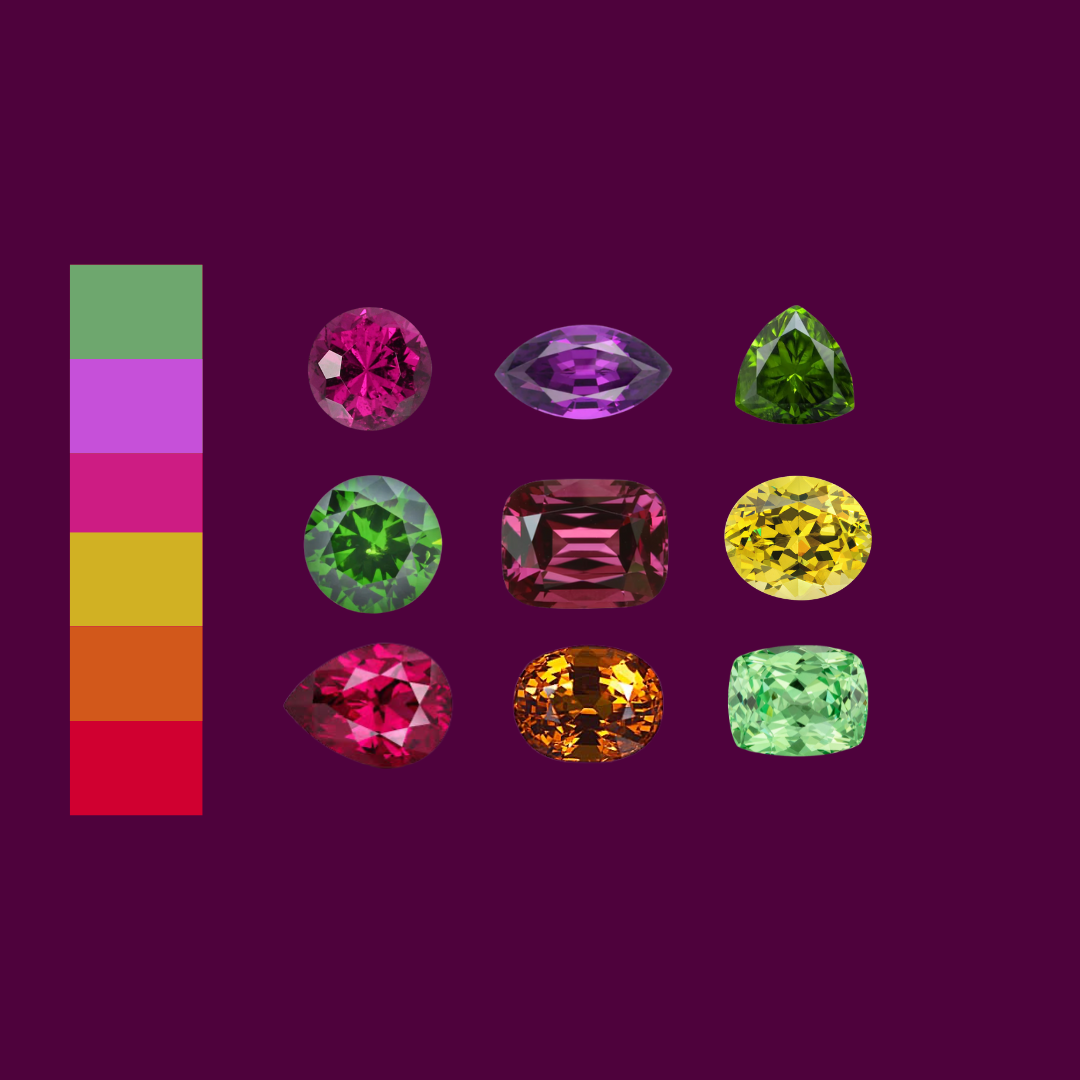Diamond 101
A girl's best friend
Diamonds are easily one of the more controversial gemstones while also being the most popular of them all. As much as they have been through historically, they remain every girl's best friend and continue to be the top choice for engagement rings.
Please note that this article is referring to natural, earth-mined diamonds only.
What are diamonds?
In short, they are little treasures that were formed billions of years ago. The long version is that they are carbon atoms that were put under high heat and pressure at about 100 miles beneath the earth’s surface. Under this pressure, the carbon atoms bonded in the same way in all directions, forming the very hard gemstones we now know as diamonds. Volcanic eruptions helped mov them up through the layers of earth, and now we can all enjoy the sparkly gem!
Most natural diamonds are said to be at least one billion years old, with the older ones believed to be 3.5 billion years old. That means each diamond carries earth’s ancient history inside it and is truly as old as time which makes it the best stone to express endless love.
Where are diamonds found?
Before the 18th century, most diamonds were found in India and seemed to be one of the rarest gemstones. But with discoveries of South African deposits, it became clear that there is a lot more gems available than previously believed. Today diamonds are found in South Africa, Botswana, Angola, Namibia, Canada, Russia, Australia, and some even in the US (although there are no gemstone quality diamonds mined here). Despite not having any viable deposits, the US is the world's biggest diamond market.
While it may appear that diamonds are plentiful - and they are compared to some other gemstones - each diamond that is mined, can't be replaced which results in fewer diamonds to unearth each year. There are varying estimates, but it is likely that many diamond mines will run out of gemstones within the next 50 years. This puts the seeming abundance of diamonds into perspective for sure!
The 4Cs
The GIA (Gemological Institute of America) 4Cs is all you need to know when purchasing a diamond! They are four criteria to determining the quality of a diamond: cut, color, clarity and of course carat. The higher on all four a stone, the better it's quality and the higher the price.
Carat is the most obvious one, but what many don't know is that prices per carat do not increase in a linear fashion. There are so called thresholds, where the price jumps up: at 0.5 carat, 1 carat, 1.5 carat and so on. A 2 carat stone will have a significantly higher price per carat that a 1.9 carat stone.
The clarity grades the stone based how many inclusions are in the stone. The stones are always graded at a 10x magnification, so you may not be able to tell the difference without using a jeweler's loupe. The highest clarity grade is Flawless. This means not a single inclusion could be spotted! Then it goes to Very Very Slightly Included (VVS1 and VVS2), Very Slightly Included (VS1 and VS2), Slightly Included (SI1 and SI2), and Included (I1-I3). For most individuals, inclusions won't be visible until a stone is at least a S1, but this of course depends on your personal preferences.
The color is graded on a scale that starts at D and ends at Z. The color scale grades how colorless the diamond is with D being completely clear and Z having a heavy yellow or gray tint. It takes a lot of training to tell the color differences. Most people who do not work in a diamond grading lab can't tell the difference between a D and G color. However, once again this is something very personal.
Cut is hands down the most important C of all four. A good cut can mask almost any imperfection, even making a lower color or clarity look better! An Excellent cut will make the stone perfectly sparkly and sparkle is usually a top priority for most of us. Unless you are purchasing a vintage stone, make sure you always get an Excellent grade on the cut when buying new diamonds. This is the one C you should never compromise on.
Blood diamonds?
The myth that persists. But today's diamond market is far from the myth. While every industry has bad seeds, most of the diamond industry is strictly regulated and breaking the rules won't get you far. Many mining countries greatly benefit from diamonds, giving livelihood to local communities and a perspective for future generations. All jewelers can choose who they buy their diamonds from, and there are plenty of suppliers today that can show a transparent supply chain. Ironically the myth of a blood diamond mostly hurts those at the source, who depend on the industry to flourish.
If you worry about the origin of your diamond, you can always ask for an origin certificate and ask to have an ethical diamond sourced. You can also purchase a vintage diamond. However, it is important to note that the Kimberley Process, which regulates the diamond industry was put in place in 2000. This means any diamond before that was not as strictly regulated, making it much more likely that you are purchasing a conflict diamond when purchasing vintage. If you want to be sure, diamonds from Botswana, Canada, or Australia are usually the safest bet. Whichever way you want to look at it, today's diamond industry is transparent and there are plenty of ethical suppliers to choose from!
Buying diamond jewelry
Once you know the 4Cs, you know all the criteria that will influence the price of a diamond. It is up to you to decide what your priorities are. This also goes for sustainability and traceability. When it comes to wearing diamond jewelry, diamonds are the hardest material on earth but please don't use this as an excuse to be careless! Diamonds can chip and prongs can become loose, so make sure you treat all jewelry with care.
At Meluzza we work mostly with colorful and unexpected stones but some of our pieces do have diamonds. Our North Star Earrings and Constellation Studs feature natural diamonds and we work only with suppliers who are committed to ethical sourcing. We are also happy to create custom and bespoke pieces with diamonds.
Disclaimer on lab grown diamonds: at Meluzza we do not sell any stones that are man-made, including lab grown diamonds. Our creations are a celebration of nature's beauty and we cherish sustainably sourced stones that provide a livelihood for mining communities across the globe. We trust that all the beauty we need can be created by Mother Nature, and it shouldn't be necessary to build mega factories to replicate what can be found inside the earth. Lab grown diamonds are not treasures, they are nearly worthless and promote mindless overconsumption, values we at Meluzza want to separate ourselves from.
